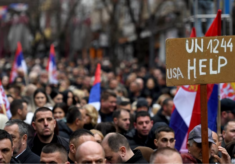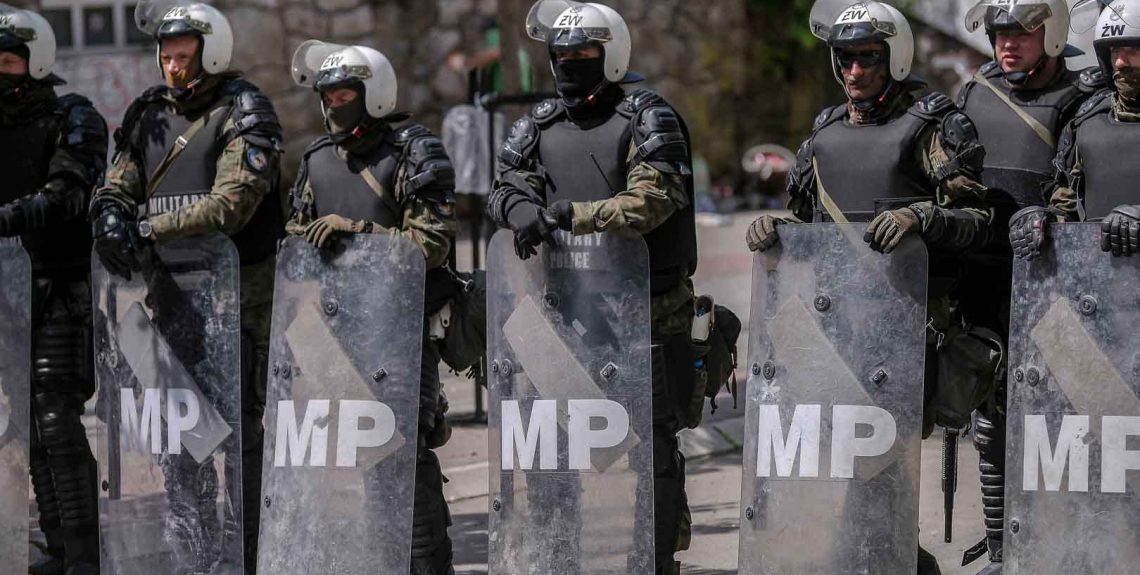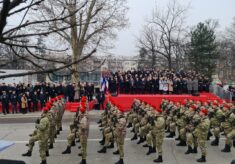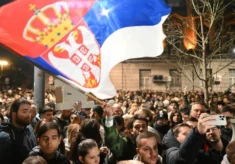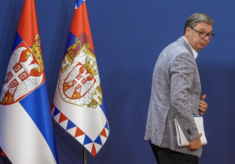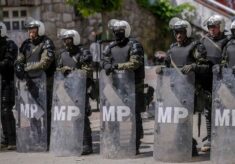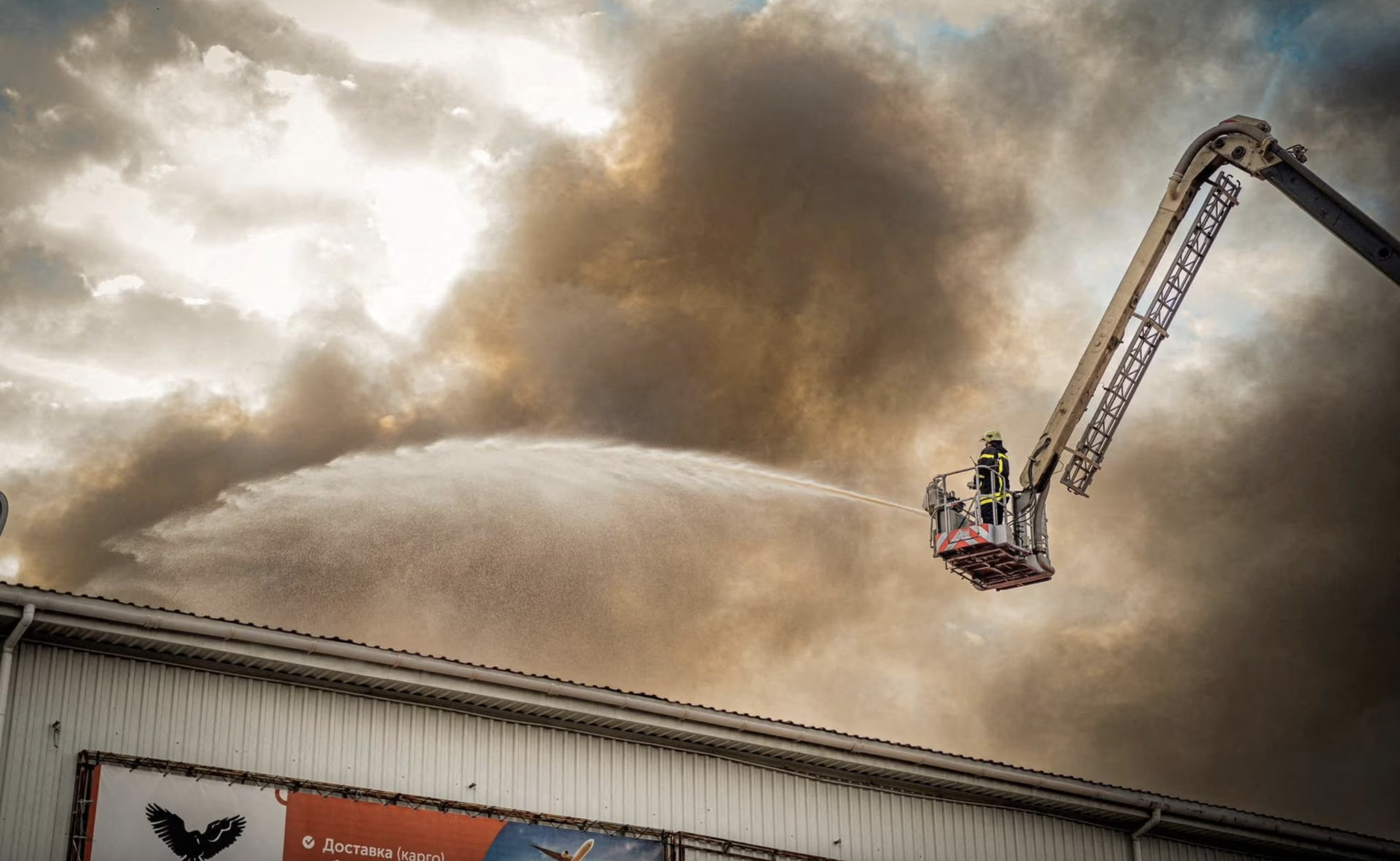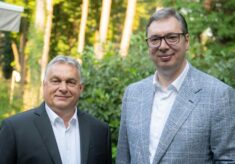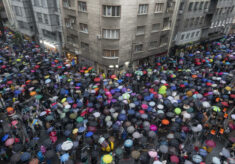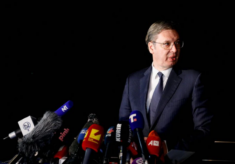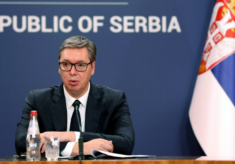A violent confrontation between an unidentified group of masked ethnic Serb gunmen and the Kosovo police in the volatile northern region of Kosovo, mostly inhabited by Serbs, has once again underscored the precariousness of the situation in the area. Furthermore, it has highlighted the potential for a localised conflict in the region and the urgent need of a concrete dialogue between Belgrade and Pristina to finally normalise their relation.
The most recent crisis erupted on the 23rd and 24th of September, when a Kosovo police patrol came under ambush near the village of Banjska, in the northern region of Kosovo. A group of unidentified Kosovo Serbs, in an action that apparently surprised both Belgrade, Pristina and surely the majority of the local Serb population, placed trucks on a bridge near the village, shooting at the approaching police. Tragically, one Kosovo law enforcement officer lost his life in the attack, while another sustained serious injury.
Following the initial attack, the perpetrators forcibly entered the nearby Banjska Orthodox monastery (commune of Zvecan) and barricaded themselves inside. This led to a prolonged exchange of gunfire with Kosovo police, resulting in at least four of the attackers being fatally shot during and after the siege. Kosovo’s authorities reported that around 30 heavily armed gunmen were surrounded by law enforcement within the religious complex. It remains undeclared how the remaining individuals from the group managed to escape. Negotiations might have played a role in preventing further casualties.
The tense standoff between the gunmen and Kosovo authorities at the monastery, located near the Serbian border, finally ended on Sunday night, as Pristina authorities confirmed that they regained control of the area “after several successive skirmishes”, Xhelal Svecla, Kosovo’s Minister of Internal Affairs, informed.
The “terrorist attack” (a misleading denomination for what is actually a subversive operation, note of the Editor) against the Kosovo police was widely condemned by the EU and the United States, while the Kremlin warned that the situation in Kosovo is “potentially dangerous.”
The ambush and the ensuing firefight stand as one of the most significant escalations in Kosovo in recent years, following the violent disorders of the 26th of May when unknown gunmen shot at KFOR soldiers involved in antiriot tasks. This development follows months of rising tensions and stalled negotiations between Kosovo and Serbia.
Kosovo’s Prime Minister Albin Kurti’s labelled the ambush as an act of terrorism and squarely pointed the finger at Serbia, suggesting that the mysterious armed group had clear links with Belgrade. Kurti stated that “organized crime, with political, financial, and logistical support from officials in Belgrade, is launching attacks on our country.” “This is the reason why we have been calling for Serbia to stop sponsoring terrorist attacks in the north,” Kurti added. “Terrorists can’t break us, they only strengthen our resolve,” Kosovo’s President Vjosa Osmani said. Previously, Osmani claimed that Serbia is hiddenly arming radical groups in Kosovo, in order to destabilise Kosovo.
Serbia’s President, Aleksandar Vucic, condemned also the killing of the police officer but firmly laid the blame on Kurti for what he perceived as the mistreatment of Kosovo’s ethnic Serbs. The Serbian leader claimed that Belgrade held no direct responsibility for the incident, instead characterizing it as a spontaneous act of rebellion against Pristina, which has refused to establish an Association of Serb Municipalities in northern Kosovo. Furthermore, Vucic accused Kurti of persistently hassling Serbs in Kosovo and expressed regret that some Serbs had “responded” to these provocations.
New information emerged indicating that Milan Radoicic, a polarizing entrepreneur and the Vice President of the Srpska Lista party in Kosovo, was identified as the leader of the paramilitary group. Radoicic, represented by his legal counsel, confessed the responsibility for the operation, asserting that he acted independently of Belgrade in an effort to secure the freedom of Kosovo Serbs from what he referred to as the “occupation” by Albanians in the North.
The attack occurred just over a week after leaders from Serbia and Kosovo engaged in talks aimed at improving their relation. Unfortunately, the discussions, mediated by the EU in Brussels, did not yield a significant breakthrough once again. While Brussels initially thought it had made progress by devising a plan to normalise relations in the spring, subsequent developments have shown limited advancement in this regard. And, as the most recent violent incident highlights, the situation in the northern region has the potential to erupt at any moment, possibly spiralling into uncontrolled violence and ushering in a new and perilous phase of destabilisation at the heart of the Balkans.
Confirming the seriousness of the situation, the US said is closely watching a Serbia’s military buildup near Kosovo’s border and urged Belgrade to withdraw its forces and cooperate in investigating the attack in the Banjska village. National Security Advisor John Kirby stated this at the White House, noting the presence of modern artillery, tanks and mechanized infantry units in the Serbian deployment along the border. Kirby expressed concern about the destabilizing nature of this development and mentioned the absence of specific intelligence regarding its purpose.
